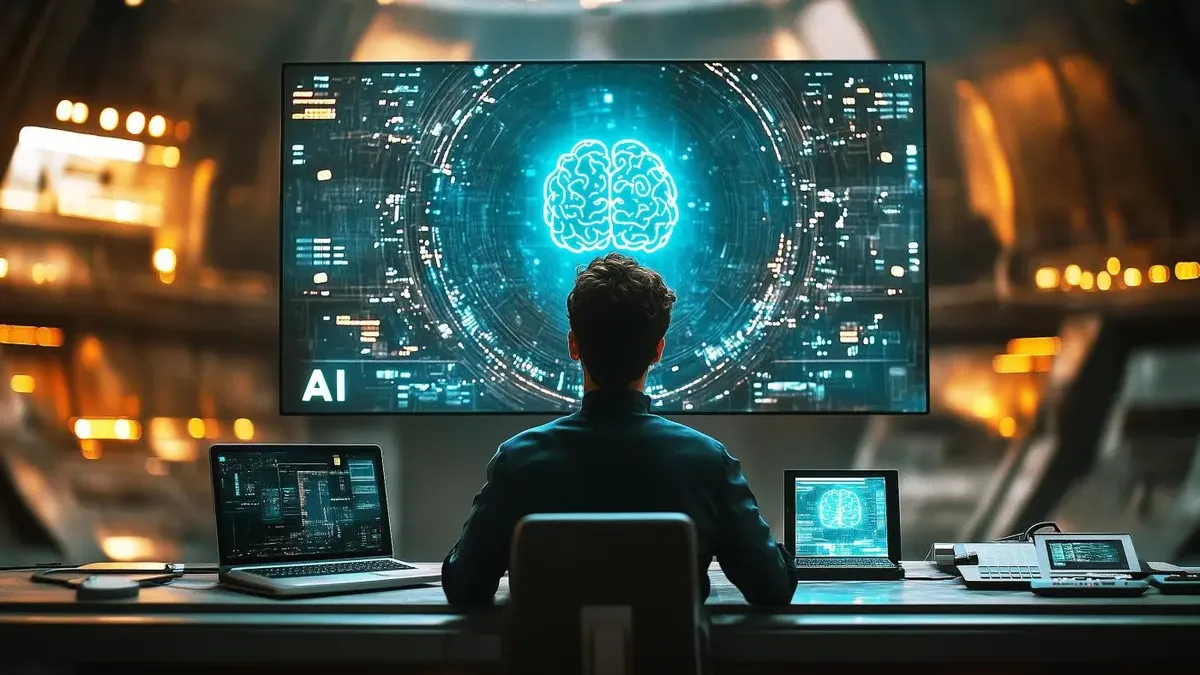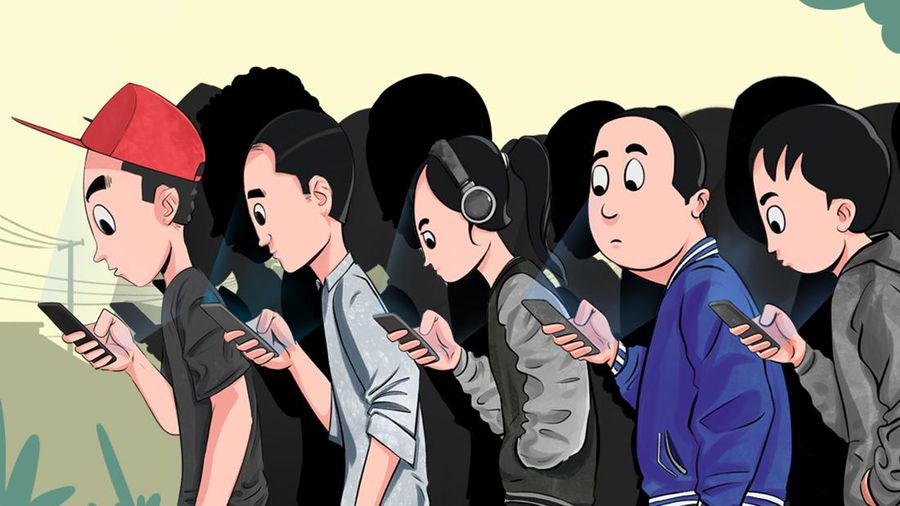Amsterdam – As artificial intelligence rapidly infiltrates surveillance, warfare, labor markets, and everyday infrastructure, a quiet but crucial question demands attention: does AI actually see the world like we do?
A groundbreaking study from the University of Amsterdam offers a sobering answer. Using fMRI scans and carefully designed visual tests, researchers revealed how human brains innately detect “affordances”—the physical possibilities a space presents, like walking, climbing, or diving—far earlier and more accurately than any AI system yet developed.
The Biological Intelligence Machines Can’t Mimic
The term affordance was first coined in 1979 by psychologist James Gibson, to describe how perception and action are inherently linked. Now, nearly five decades later, neuroscientists have confirmed it lives in the brain itself—long before conscious thought.
Participants were shown still images of shorelines, stairwells, and alleys. Even without being asked to act, their visual cortexes lit up in patterns that predicted feasible physical movements. This wasn’t mere object recognition. It was the brain preloading action options—automatically, and in milliseconds.
Lead researcher Dr. Iris Groen stated, “These affordance signals are part of the image pipeline itself—deeply embedded in how we perceive and respond to the world.”
AI’s Perception Gap: A Strategic Weakness
AI systems, including multi-modal giants like GPT-4, continue to misinterpret these affordances. When exposed to the same images, they failed to correctly guess possible human actions nearly 25% of the time. That margin of error could be fatal in autonomous vehicles, military drones, or medical robotics.
Worse, the internal processes of leading AI models showed poor alignment with human neural activity. This suggests that current architectures still lack an embodied sense of space—something no amount of data labeling or GPU power has yet replaced.
Why does it matter? Because perception errors aren’t theoretical—they play out in real-world tragedies. Misjudging a pathway, a pedestrian’s movement, or a disaster terrain can lead to deaths, lawsuits, and political fallout.
Brains Learn from Risk—AI Doesn’t
Humans learn spatial logic from lived consequences: we fall, we adapt. No neural network has slipped on ice or leapt off a boulder. That absence of bodily memory makes AI brittle, despite billions of parameters.
AI’s current path depends on brute force: massive datasets, sky-high energy use, and centralized training clusters controlled by a handful of tech giants. But the Amsterdam findings suggest a different paradigm—one based on lean, intuitive processing evolved from lived experience.
Energy, Ethics, and Ecosystem Control
If affordance-like shortcuts can be coded into AI, the implications go far beyond accuracy. Models could shrink, carbon costs would drop, and the hardware burden would ease—making advanced AI available to hospitals, NGOs, and governments outside Silicon Valley’s orbit.
That democratization carries strategic weight. In a world where algorithmic dominance shapes not just markets but ideologies, any model that mimics human cognition more faithfully—and efficiently—represents geopolitical leverage.
China, the U.S., and EU states are all racing to embed AI into national defense and infrastructure. Yet if their systems can’t predict a child dashing across a street or a crumbling staircase in a post-quake zone, their advantage may be more illusion than innovation.
From Stroke Rehab to the Battlefield
Beyond robotics, the study points toward a range of applications: smarter VR therapies for stroke patients, safer autonomous mobility in smoky or low-light conditions, and battlefield machines that don’t mistake a trench for a road.
Self-driving systems routinely misread ambiguous spaces. The difference between a bike lane and a crosswalk, especially at dusk or in poor weather, is exactly the kind of contextual nuance that affordance mapping could solve—if properly integrated.
Still Unanswered: Who Trains the Perception?
There remain fundamental questions. Are affordances wired purely by vision, or shaped by motor intention? And culturally, does a skateboarder interpret stairs differently than a soldier or engineer? If so, AI training must reflect not just human function, but human diversity—raising deep issues around bias, inclusion, and whose perspective gets built into the machine.
Conclusion: Between Perception and Power
This research is more than a neuroscience milestone—it’s a warning. As we race to embed AI into systems of life and death, we must confront its perceptual limitations head-on. Machines still fail to “see” the way we do, and pretending otherwise risks catastrophic misalignment between silicon and society.
To build systems that truly extend—not replace—human ability, we must learn from nature’s shortcuts. Until then, the human brain remains our most efficient, ethical, and resilient operating system.






